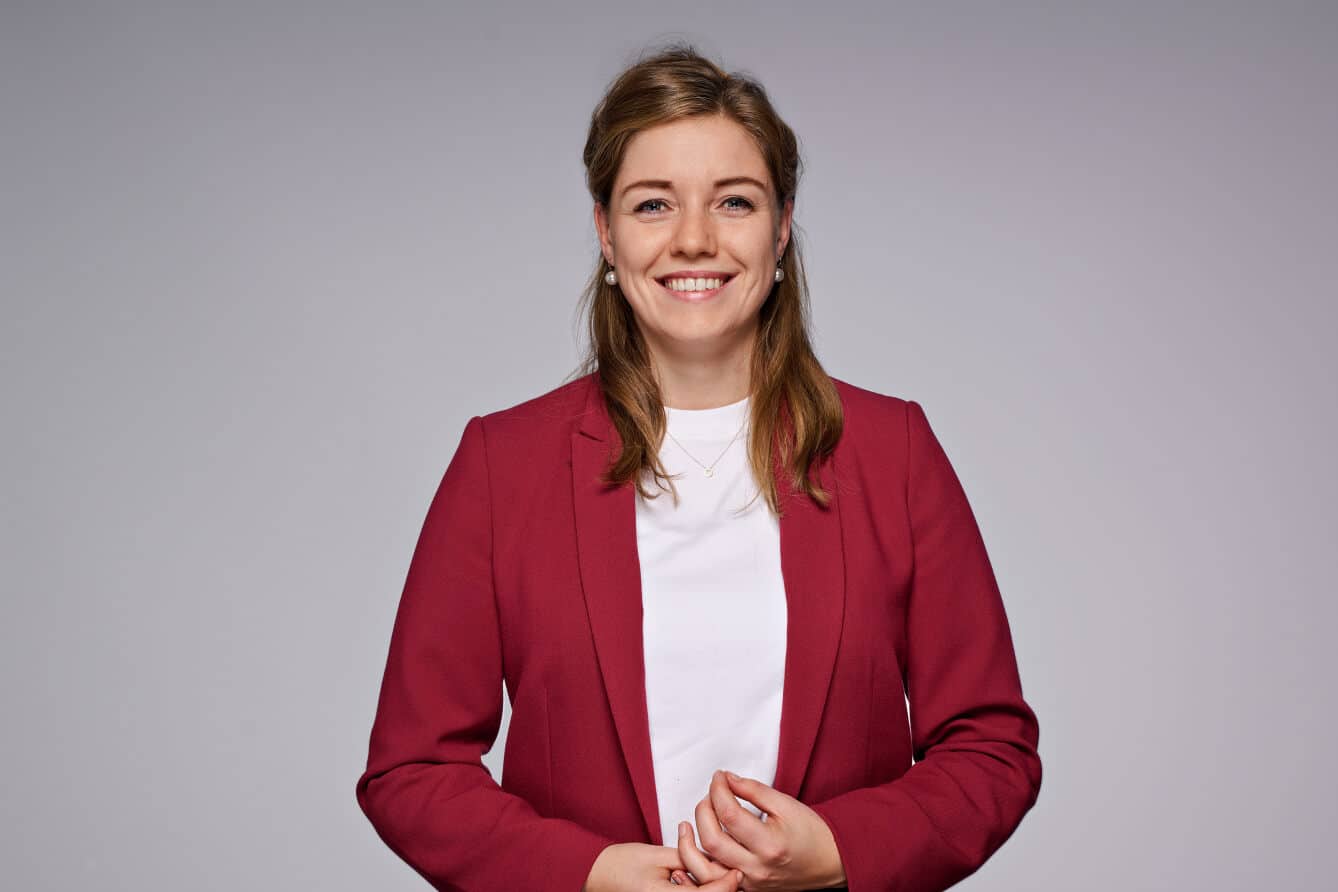My condition for starting at Schiphol 2 years ago was that my work would have an immediate impact on making Schiphol more sustainable. This worked: I am the Program Manager of the Building Circular and Emission Free program, which is tasked with realizing the transition to emission-free and circular construction at Schiphol.

I am working on making Schiphol more sustainable through this program, but there are more teams and programs within Schiphol that are driving sustainability. With Building Circular and Emission Free, we try to set it up in such a way that circular and emission-free construction in the chain becomes self-evident, including all facets that come with it – including the processes, systems, leadership, knowledge, and skills.
From a change management point of view, creating urgency is important, but fortunately I don’t have to spend a lot of time on that. I have not spoken to anyone who does not think sustainability is important, so the urgency is there! Yet, that doesn’t mean that everyone is constantly prioritizing sustainability.
That’s right, the foundation of most conversations is: “I want to, but how? And how, with limited time and resources?” The program’s role is to help our people take the first steps towards “doing.” By offering tools and knowledge, by keeping the conversation going and by removing barriers, we increasingly create familiarity with the theme. It makes it less uncertain, and people are more willing to act.
Yes, I think so. In our projects, we report on time, money, and quality, and we are now adding sustainability to that. This sounds very logical, but here too the question remains: “how?” We are used to reporting time, money, and quality, but what does it mean when we want to report on sustainability? Are we talking about CO2 reduction or circularity? These can get in each other’s way, and it is not always directly clear to people what we are talking about.
Can there be three?
As a first lesson, and perhaps the most important, it is crucial to have leadership buy-in and commitment for sustainability. By having a sponsor from the MT within the project, we show that sustainability is a priority: time is actively made available for it and it is put on the right agendas.
Secondly, a vision on sustainability is important. We wanted it to be defined by and with the MT – as a sign of leadership and to make it personal – and not from the program: in the end, the program is temporary, but sustainability is permanent.
Finally, we try to make sustainability more both visible and measurable. One of our mantras within Building Circular and Emission Free is “from visible to measurable”. It is difficult to measure sustainability at first, but you do want to draw attention to it. This mantra helps us with that. As we are actively working on sustainability, have defined a vision, are embedding sustainability in our processes and systems and are having conversations with people, we are making sustainability visible. The further we go, the less we have to focus on visibility and the more we can measure.
We use a target group-oriented approach, in which we look at needs on an individual, team and organizational level. We really try to test what works and does not work for individuals and teams and clarify and maintain the scope of work at the organizational level. By continuing to engage with our target groups, we are already seeing that we are creating ambassadors who can spread sustainability throughout the organization.
Insight into your target group works very well. We spend 20% of our time thinking about “structure” and 80% about “culture” – and that goes beyond stakeholder management. What drives different individuals? Everyone has different values and beliefs, and they act on them. We adjust our approach accordingly, so that people also want to participate.
In 3 years’, time, the tools we are developing now will have been implemented and we will have moved from visible to measurable. I expect that the program will not have been completed, but that projects will increasingly feel comfortable with circular and emission-free construction. Personally, I hope that sustainability will spread even further throughout the entire organization and that we will be even more aligned with the goals of our Main Contractors. Just as with other partners in the value chain, there is a lot of knowledge there. If we manage to connect these links more closely, understand each other better and share knowledge, then we can meet this challenge together very well.